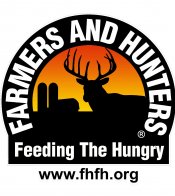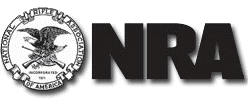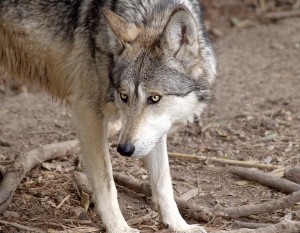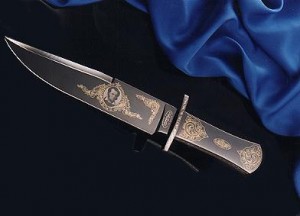Think Ahead Before You Drop the Hammer Or Let An Arrow Fly!
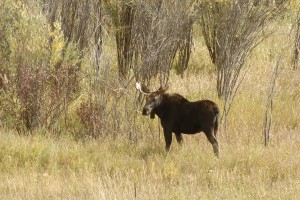
I positioned my bow on the moose’s rack, and then walked around and around the huge bull awestruck by his immense size. How in the dickens were we going to get this critter back to camp, I thought to myself? I turned to Cliff, and told him with a straight face to start dragging. I would meet him back at camp by sundown.
“Yeah, right,” said Cliff in reply. He knew I was feigning sarcasm, but we did have a job to do, a 1,200 pound ordeal that would take a string of pack horses and three long days to complete. Fortunately my guide had already devised a plan based on forty years experience in the British Columbia wilderness. Best of all, his plan worked.
Indeed, the first step in game care is figuring out how you are going to get the meat and cape back to camp before it spoils. Some critters like deer and antelope are easy to drag or toss into the back of a 4×4, but larger animals like moose, elk, caribou and bear can be more of a challenge. In some cases you can hire the services and pack animals of an outfitter, but when you are on a do-it-yourself adventure, this may take a few days to arrange.
So what should you do? Outfitter Jeff Beckley of Three Bars Ranch in Cranbrook, British Columbia, believes “ethical hunters should know how they are going to keep an animal from rotting before they even think about dropping the hammer. It just takes careful planning.
“The first step is to field dress your trophy as soon as possible, but even after eviscerating a big-game animal know that the front shoulders and the neck still retain a lot of heat. You have to take immediate steps to dissipate that heat in order to stop the meat and hide from spoiling. And the bigger the animal the more important this task is. The neck of a bull elk in rut for example is usually half again as big as normal. Indeed, spoiling always starts in the neck, and even though you are not likely going to eat the neck, the spoiling quickly radiates through the whole animal.”
Your Havalon Piranta will quickly field dress any big game critter. Its strong scalpel-sharp #60XT Stainless Steel blade is strong enough to sever the wind pipe and internal connective tissue yet sufficiently sensitive to remove the bladder and lower colon without spilling the contents onto the meat. Indeed, I field dressed my last whitetail buck with a Havalon Piranta in less than 60 seconds!
And the replaceable blade feature means you do not have to stop and sharpen your knife. Just pop in a new blade and continue working! This is especially helpful when field dressing a larger animal, such as an elk or moose when darkness is closing in fast.
“After completing the field-dressing chores, cut the hide along the top of the neck to the base of the skull, and then tube skin the cape starting from behind the front legs. Once you have peeled the hide back as far as you can, cut the head off. You can cape the rest of the head right then and there, or bring the cape and skull back to camp with you and let a taxidermist complete the job for you.”
Take your time! A Havalon Piranta fitted with a Havel Blunt tip #22XT is the perfect tool for the job. It is thicker than the standard #22 blade so it holds its edge longer and resists breakage. It is also safer for you to work with and less prone to poking hard-to-repair holes in the cape.
“Next, cut a half-dozen small poles, and roll the animal over on his back and on top of these poles. This will allow air to circulate all around the carcass. Now you can open the brisket. You are going to need some type of special tool to open the brisket of a larger big-game animal such as a moose or elk. A small hatchet or portable game saw will do the job nicely, if you prepared for the event and brought one with you. Split the brisket all the way to the base of the neck, and then reach in and remove the windpipe. Now is the time to make doubly sure you have already removed the heart, lungs and other internal organs, too.
“Now cut a small stick and prop the brisket open with it,” adds Beckley. “With this stick in place and the removal of the animal’s wind pipe and other internal organs, most of the body heat should dissipate over night. Before I leave the kill site however I will place pine boughs on top of the animal to help keep the birds off the meat.
“If it is still early in the morning, you have more time to play with. You also have more time for the temperatures to rise. If you have a big animal like a bull elk you are going to have to sever the animal in half at the spine, and then drag the front and rear quarters into the shade or a moist area near a creek. If it is a great northern moose, you may have to cut the animal into four or five pieces. Your goal must be to get the animal out of the sun and into a cool area. One trick is to place logs or green poles across a cool running stream, and then put the front and rear quarters of the animal on those logs.
“Finally, when transporting the meat back to camp, I usually leave the hide on to protect it from dirt and debris rather than place the meat in small cheesecloth bags that tend to rip and tear. I then peel the hide off back at camp, and put the meat in heavy-duty game bags for the trip to the butcher.”
Check back next week for Part 2!
2,114 total views, no views today


